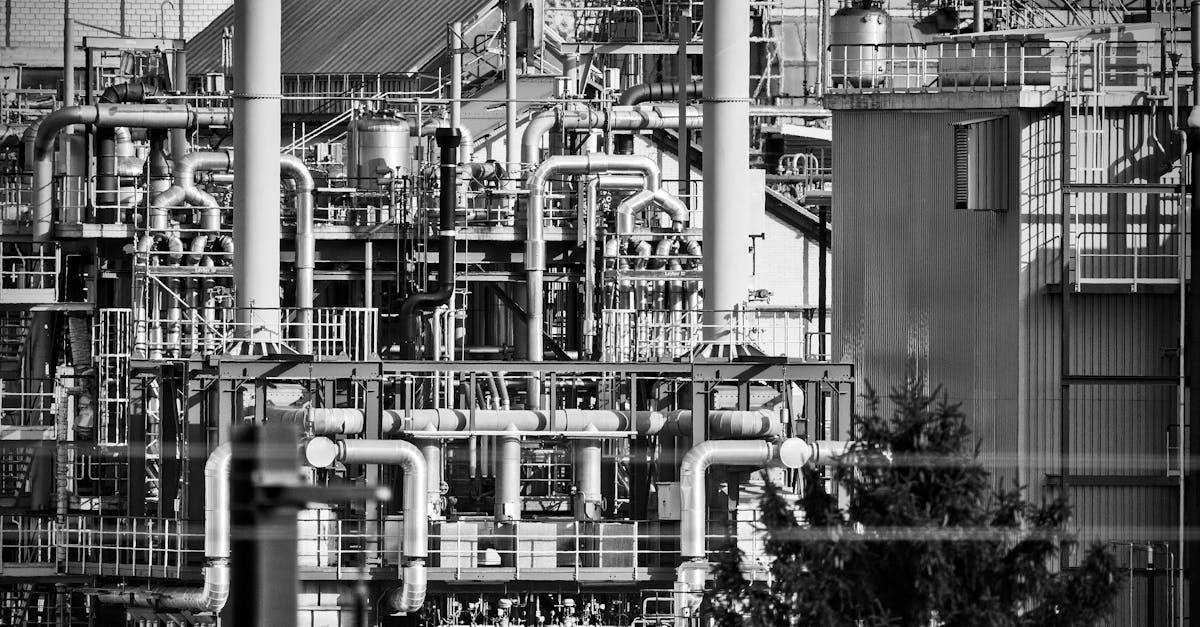
Dealing with Debris Buildup on Standing Seam Metal Roof
DIY Maintenance Tips
Regular maintenance of a standing seam metal roof can significantly reduce debris buildup and prolong its lifespan. Homeowners should incorporate cleaning into their seasonal chores, ideally in the spring and autumn. Use a leaf blower or a soft-bristle broom to gently remove leaves, dirt, and other debris from the roof surface. This approach minimizes the risk of scratching the metal while effectively clearing away obstructions. Inspecting gutters and downspouts for clogs is also crucial, as blockages can lead to standing water and potential roof damage.
While maintaining your roof, it’s important to ensure personal safety by using appropriate equipment. Employ sturdy ladders and consider wearing a safety harness, especially when working on sloped areas. Also, it's wise to check for loose seams or fasteners during your cleaning routine, as this allows for timely repairs and added protection. Keeping an eye on any emerging rust spots or corrosion will help in managing long-term maintenance needs. Regular checks can save costly repair work in the future, ensuring your metal roof remains functional and secure.
Creating a Routine Cleaning Schedule
Establishing a consistent cleaning routine ensures that any debris on your standing seam metal roof is effectively managed. Aim to inspect the roof at least twice a year, ideally in spring and autumn, as these seasons often bring an increase in leaves and debris. Regular checks after heavy storms are also advisable, as strong winds can dislodge branches and other materials that might accumulate over time. Having a specific schedule helps create a habit, making it easier to stay on top of maintenance.
Consider setting reminders on your calendar to streamline the process. In addition to seasonal checks, evaluate your environment. Homes located near trees or in windy areas may require more frequent inspections. If you notice recurring debris issues, adjust your schedule accordingly. By maintaining this routine, you can prolong the lifespan of your roof and avoid potential damage resulting from neglected debris.
When to Call a Professional
Regular upkeep can address minor accumulations of debris, but certain situations demand professional intervention. If you encounter extensive debris that obstructs drainage areas or poses risks to structural integrity, engaging an expert is crucial. Stubborn materials, such as tree branches or built-up leaves, may require specialised tools and experience for safe removal. Attempting to tackle significant issues without the right training can lead to damage or personal injury.
Monitoring your roof for unusual signs can also indicate when to seek expert help. If you experience leaks, water pooling, or visible rust, these symptoms may signal underlying problems that go beyond standard debris removal. Professionals possess the expertise to identify and repair issues that might not be apparent to the untrained eye. Ensuring a thorough examination can prevent more serious damage and costly repairs down the track.
Signs You Need Expert Help
Noticing significant water pooling or leaks in your home can indicate a problem with the roof. These issues often arise from blocked gutters or debris obstructing proper drainage. If you see water stains on ceilings or walls, this may suggest ongoing moisture problems requiring immediate attention.
Another warning sign is the presence of rust or corrosion on the roof panels. Rust can lead to weakened structural integrity and higher long-term repair costs. If you observe flaking paint or discolouration, these issues need professional assessment to prevent extensive damage. Taking these signs seriously can save on costly repairs down the line.
Preventing Future Debris Accumulation
Choosing the right materials for your roof can significantly impact debris collection. Opt for smooth, high-quality metal that resists rust and corrosion. A steep slope may also help prevent debris from settling. Incorporating design features like cleaner edges and minimal overlaps in seams can further reduce accumulation.
Regular inspections after storms or high winds promote a proactive approach. Consider installing a gutter system designed to manage water flow effectively and ensure it's clear of blockages. Additionally, planting greenery with less shedding around the roof can minimise leaves and branches from falling onto its surface. Making these considerations part of the initial roof design will lead to less maintenance over time.
Design Considerations for Your Roof
When planning your roof design, it is essential to consider the slope and pitch. A steeper pitch encourages rain and debris to slide off more easily, reducing accumulation on the surface. Additionally, incorporating overhangs can help direct water away from the roof while preventing debris from collecting near the edges, where it is harder to clean. Proper drainage systems should also be implemented to manage the flow of water and to minimise the chances of backlog that can trap debris.Environmental Impact of Metal Tile Roofing in Australia
Another important factor is the choice of materials and colours. Lighter-coloured metals reflect more sunlight, which can help reduce heat absorption and prolong the life of the roofing material. The surface texture can also play a role; smoother surfaces tend to be less prone to debris accumulation compared to textured options. Furthermore, taking into account the type of foliage in the vicinity is crucial, as nearby trees can contribute significantly to the debris buildup. Planning for these factors during the roofing process can lead to more manageable maintenance in the long term.
s and maintenance will also help keep your roof clear.
Related Links
Choosing the Right Coating for Standing Seam Metal RoofPreventing Rust and Corrosion on Standing Seam Metal Roof
Extending the Lifespan of Standing Seam Metal Roof through Proper Maintenance
Ensuring Proper Drainage for Standing Seam Metal Roof
Understanding the Impact of Weather on Standing Seam Metal Roof Maintenance
Addressing Potential Leaks on Standing Seam Metal Roof
Managing Expansion and Contraction of Standing Seam Metal Roof Panels